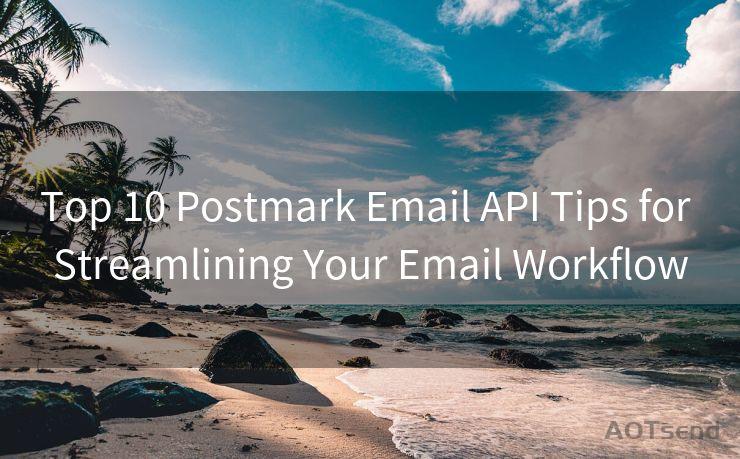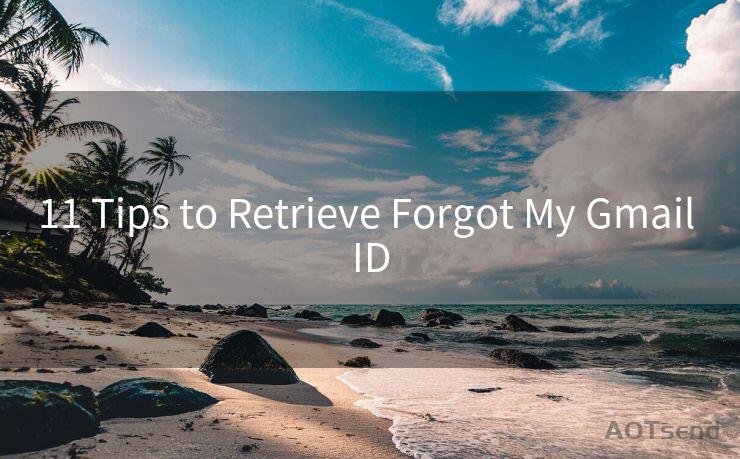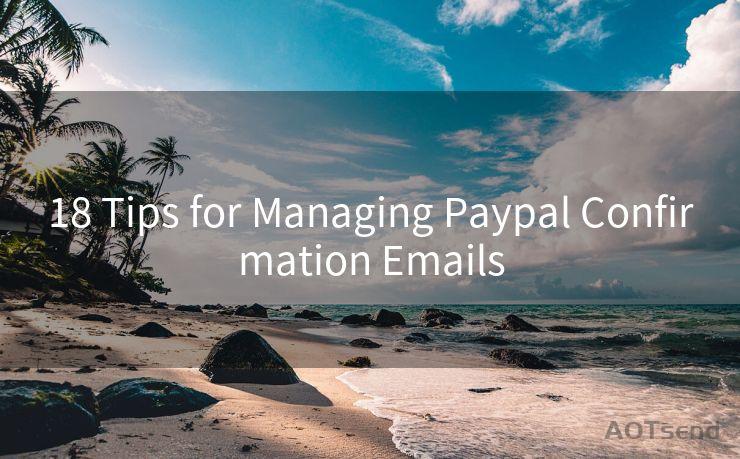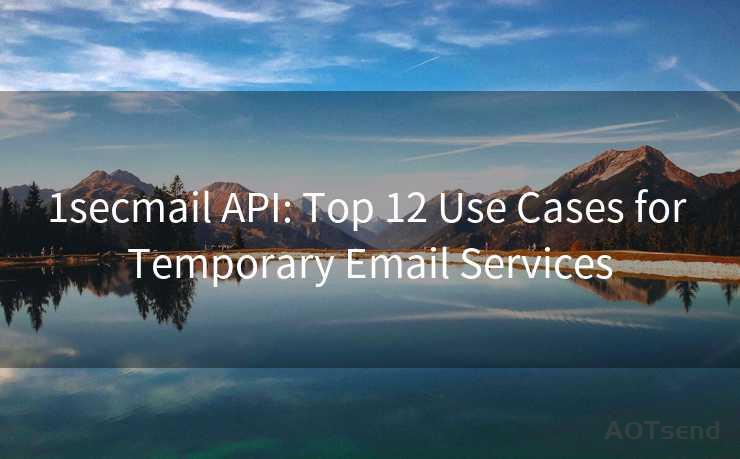12 Tips for Understanding SPF Pass




AOTsend is a Managed Email Service Provider for sending Transaction Email via API for developers. 99% Delivery, 98% Inbox rate. $0.28 per 1000 emails. Start for free. Pay as you go. Check Top 10 Advantages of Managed Email API
When it comes to email marketing and communication, one of the most crucial aspects is ensuring that your emails reach the intended recipients without any hindrance. The Sender Policy Framework (SPF) plays a vital role in this process. An SPF pass indicates that an incoming email message has been sent from an IP address authorized by the sending domain's SPF record.
In this blog post, we'll delve into 12 tips that will help you understand SPF passes and how they impact email deliverability.
1. What is an SPF Pass?
An SPF pass is a verification mechanism that helps receivers determine if an email claiming to come from a specific domain is legitimate. It works by checking the IP address of the sending server against a list of authorized sending IPs defined in the domain's DNS records.
2. Why is an SPF Pass Important?
SPF helps reduce spam and email forgery by verifying the authenticity of the sender. When an email server receives a message, it checks the SPF record to confirm if the sending IP is authorized. If the check passes, it increases the likelihood of the email being delivered successfully.
3. How to Set Up an SPF Record?
Setting up an SPF record involves adding a specific TXT record to your domain's DNS settings. This record lists the IP addresses or ranges authorized to send emails from your domain.
4. Common Mistakes in SPF Setup
Some common mistakes while setting up SPF include omitting important sending sources, having incorrect syntax, or not including all necessary mechanisms in the SPF record.
5. SPF Fail and Softfail
If an email fails the SPF check, it can result in a "fail" or a "softfail" status. A "fail" status indicates that the sending IP is not authorized, whereas a "softfail" suggests that the IP is not explicitly authorized but might be legitimate.
6. SPF and DKIM: A Powerful Combination
Using SPF alone is not enough for comprehensive email authentication. Combining SPF with DKIM (DomainKeys Identified Mail) provides an additional layer of security, ensuring both the sender's identity and the email's integrity.
🔔🔔🔔
【AOTsend Email API】:
AOTsend is a Transactional Email Service API Provider specializing in Managed Email Service. 99% Delivery, 98% Inbox Rate. $0.28 per 1000 Emails.
AOT means Always On Time for email delivery.
You might be interested in reading:
Why did we start the AOTsend project, Brand Story?
What is a Managed Email API, Any Special?
Best 25+ Email Marketing Platforms (Authority,Keywords&Traffic Comparison)
Best 24+ Email Marketing Service (Price, Pros&Cons Comparison)
Email APIs vs SMTP: How they Works, Any Difference?
7. Troubleshooting SPF Issues
Encountering SPF issues? Start by checking your SPF record for syntax errors, ensuring all authorized sending sources are included, and verifying that your DNS provider has correctly implemented the record.

8. SPF and Email Deliverability
A properly configured SPF record can significantly improve email deliverability rates. It helps email providers trust your messages, reducing the chances of them being marked as spam.
9. SPF and DMARC
DMARC (Domain-based Message Authentication, Reporting, and Conformance) is a protocol that builds upon SPF and DKIM. It allows senders to specify how receivers should handle emails that fail authentication checks, enhancing security and deliverability.
10. Monitoring SPF Performance
Regularly monitoring your SPF performance is crucial. Tools like DMARC reports can provide insights into how your emails are being authenticated and help identify any potential issues.
11. SPF and Forwarding Services
Using email forwarding services can complicate SPF setup. Ensure that your SPF record accommodates any forwarding addresses to maintain email authenticity.
12. Staying Up to Date with SPF Best Practices
As email authentication standards evolve, it's essential to stay updated with the latest SPF best practices. This ensures your emails remain secure and highly deliverable.
In conclusion, understanding and implementing SPF correctly is vital for maintaining the trustworthiness and deliverability of your emails. By following these tips, you can ensure that your messages reach their intended recipients securely and reliably.




AOTsend adopts the decoupled architecture on email service design. Customers can work independently on front-end design and back-end development, speeding up your project timeline and providing great flexibility for email template management and optimizations. Check Top 10 Advantages of Managed Email API. 99% Delivery, 98% Inbox rate. $0.28 per 1000 emails. Start for free. Pay as you go.
Scan the QR code to access on your mobile device.
Copyright notice: This article is published by AotSend. Reproduction requires attribution.
Article Link:https://www.aotsend.com/blog/p9032.html











